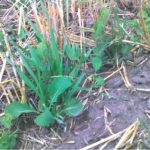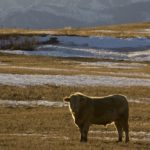Q: Can the application of copper reduce ergot levels in wheat? A: Ergot is a worldwide disease that affects cereal crops such as wheat, barley, triticale, rye, and oats. Ergot is promoted in years with cool, damp weather conditions in late spring and early summer. When a crop is under stress, the flowering period is […] Read more












